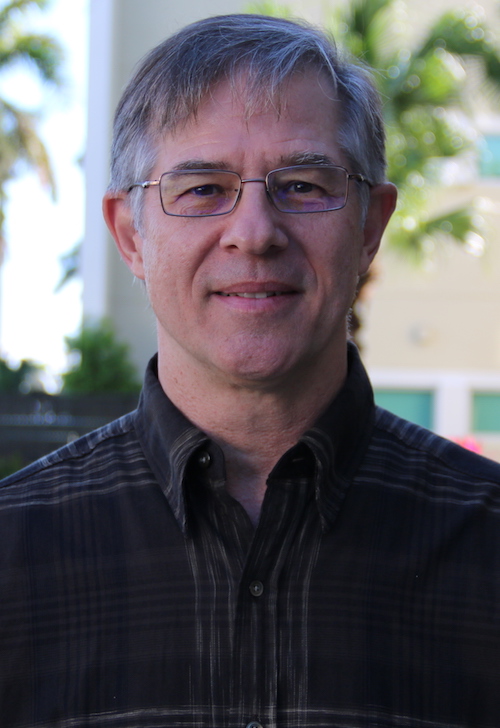Terrence Barnhardt

Education
-
Psychology, Ph.D. (Cognitive Psychology, Cognitive Science), University of Arizona, 1993
Research Interests
-
Memory
-
The distinction between declarative (explicit; conscious) and nondeclarative (implicit; unconscious) forms of memory.
Research Description
(Focus of research done): Most of my work has consisted of exploring the distinction between explicit and implicit memory tests, using a variety of different stimuli (e.g., words, faces, brand-name products), a variety of matched explicit and implicit tests (e.g., stem-cued recall and stem completion; recognition and perceptual identification; fame and recognition; purchasing intention and recognition), and a variety of manipulations (levels of processing, full vs. divided attention, emotional arousal). Typically, I’ve worked at the behavioral level, collecting accuracy and response time data. More recently, I’ve begun to work at the brain structure level by using diffuse optical imaging (NIRS) to measure cerebral blood flow changes during task performance. I’ve also begun a project using an (unconscious) probabilistic category learning task.
Representative Publications
Barnhardt, T. M., Manzano, I., Brito, M., Myrick, M., & Smith, S. M. (2016). The effects of product placement in fictitious literature on consumer purchase intention. Psychology & Marketing, 33, 883-898.
Barnhardt, T. M. & Geraci, L. (2008). Are awareness questionnaires valid? Investigating the use of post-test questionnaires for assessing awareness in implicit memory tests. Memory & Cognition, 36, 53-64.
Barnhardt, T. M., Choi, H., Gerkens, D. R., & Smith, S. M. (2006). Output position and word relatedness effects in a DRM paradigm: Support for a dual-retrieval process theory of free recall and false memories. Journal of Memory and Language, 55, 213-231.
Barnhardt, T. M. (2005). Number of solutions effects in stem decision: Support for the distinction between identification and production processes in priming. Memory, 13, 725-748.
Barnhardt, T. M. (2004). Different involuntary mechanisms underlie priming and LOP effects in stem completion tests. Memory, 12, 614-636.